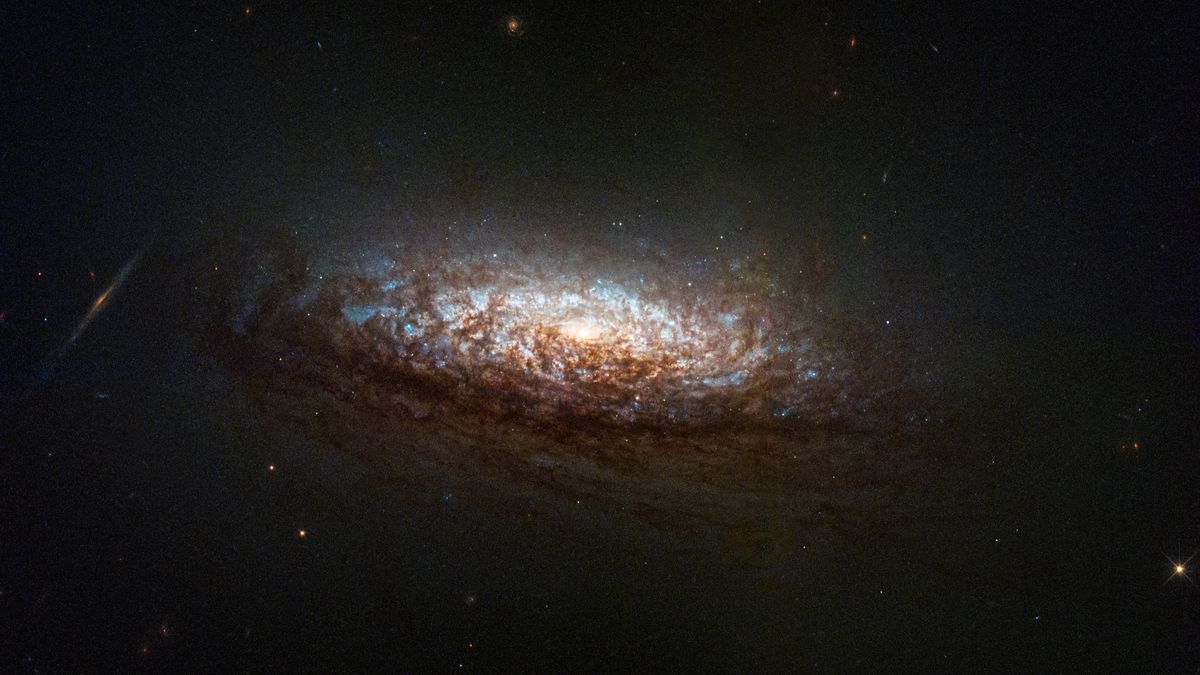Exploring Habitability: Lessons from Frank Herbert’s Dune
Frank Herbert’s Dune series presents a rich tapestry of science fiction storytelling interwoven with a profound environmental message. Set on the harsh desert planet of Arrakis, the narrative delves into the desire of various characters to transform the arid landscape into a lush, green world reminiscent of the aspirations for terraforming Mars in contemporary discourse.
Unveiling Arrakis Through Climate Modeling
An intriguing investigation undertaken by researchers involved simulating the climate of Arrakis using a sophisticated climate model analogous to those utilized for weather forecasting. The results unveiled a surprising revelation – the world envisioned by Herbert, predating the advent of climate models, echoed a level of accuracy that surpassed expectations, portraying Arrakis as potentially habitable, although not exactly welcoming.
Interestingly, Arrakis was not always a desolate desert. In the lore of Dune, this planet was predominantly covered by vast oceans until a cataclysmic ancient disaster triggered its transformation into a barren terrain. The remaining water resources were further drained by sand trout, an invasive species introduced to Arrakis, leading to the accentuated aridity of the planet over time.
Transforming Arrakis: From Desert to Ocean
To explore how an expansive ocean might influence Arrakis’s climate and habitability, the climate model was applied to introduce a large ocean without altering any other variables. The outcome indicated a significant cooling effect, with a 4°C reduction in the global average temperature facilitated by the increased moisture content in the atmosphere due to the presence of oceans.
Moreover, the introduction of oceans on Arrakis led to a substantial uptick in moisture, rendering the planet 86 times wetter, thereby obviating the scarcity of water resources that characterized the desert state. This profound shift would enable the growth of vegetation without the constraints imposed by water scarcity.
Stability and Livability: Desert vs. Ocean
Notably, the oceanic Arrakis exhibited a remarkable stability in terms of climate, moderating temperature extremes due to the inherent thermal inertia of water compared to land. This stability would render the planet hospitable even in summer, nurturing forests and agricultural regions beyond the traditional poles.
Despite the advantages conferred by the oceanic transformation of Arrakis, there exists a trade-off in the form of heightened vulnerability to cyclones in the tropical regions due to the massive energy and moisture reservoirs present in the vast warm oceans.
Implications for Exoplanetary Habitability
The findings extrapolated from the climate simulation of Arrakis hold relevance for the broader scientific quest to identify habitable exoplanets. The comparative analysis of desert and oceanic transformations underscores the pivotal role of surface conditions in dictating the habitability of planetary bodies.
While desert worlds might be more prevalent across the cosmos, the configuration of habitable zone parameters contributes significantly to the potential habitability of exoplanets. This nuanced understanding underscores the intricate interplay of factors determining planetary habitability beyond the confines of Earth.
Ultimately, the immersive exploration of Arrakis through climate modeling not only sheds light on the intricacies of habitability within the Dune universe but also imparts invaluable insights for our ongoing quest to unravel the mysteries of exoplanetary habitability.
Image/Photo credit: source url





